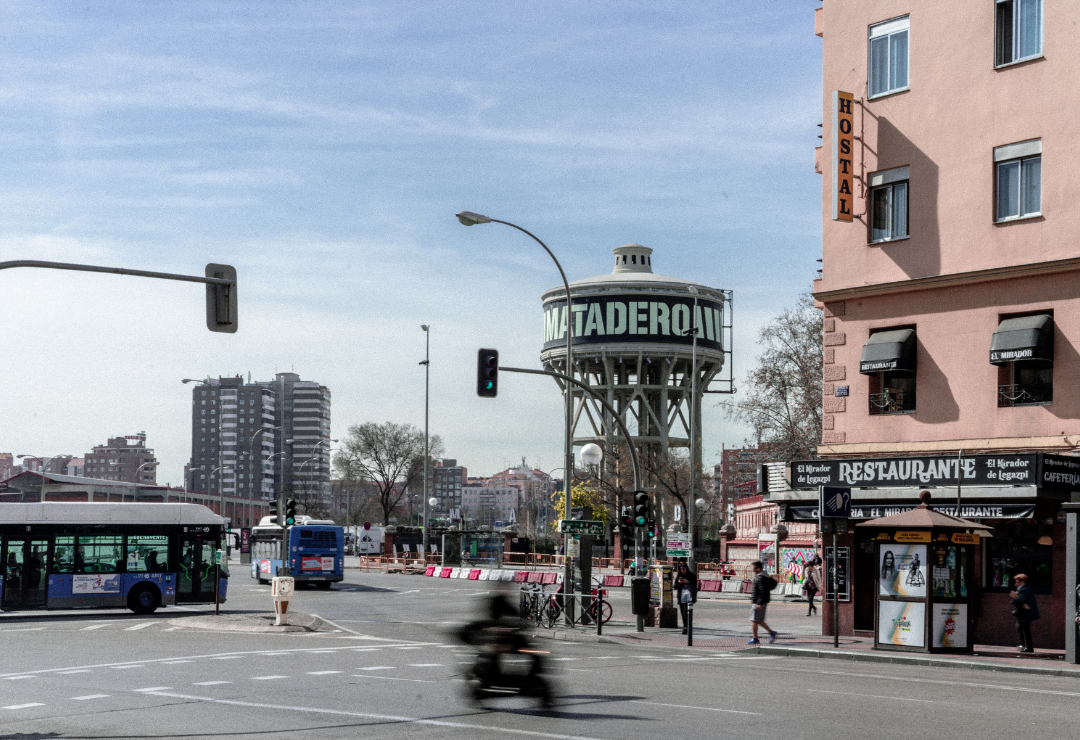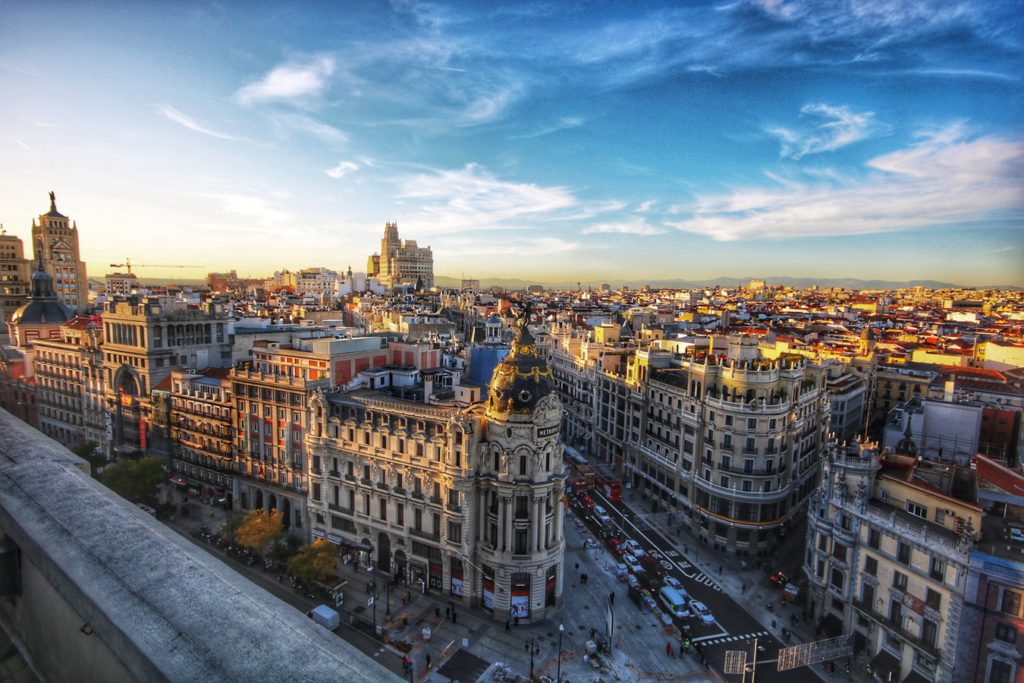Madrid introduces Bus Rapid Transit service!
Madrid did it again! The Spanish capital just introduced its first and shiny Bus Rapid Transit (BRT) service, planned to begin circulating in May. This service entails its first-ever high-capacity electric bus line, a system that will connect two neighborhoods with its closest hospital through a segregated lane and, for the first time, with traffic light priority.
Yes, you read it right the first (two) time(s): Madrid is introducing its very own BRT system! BRT systems have been implemented in various cities around the world to create high-capacity green transport corridors with traffic light priority in urban axes mainly located on the periphery. The objective is to link the currently not well connected neighbourhoods of Valdebebas and Sanchinarro with a direct connection to Ramón y Cajal, its closes hospital Hospital. The total length of the route? A whooping 31 kilometers!
An innovative method
The implementation of this highly innovative method will guarantee punctuality thanks to traffic light priority and the use of a reserved platform. This new line will consist of a fleet of ten electric buses:
- Designed to run on roads separated from the rest of the traffic.
- Able to host a maximum of 100 passengers on board.
- Combining the flexibility of an urban bus with the large capacity and ease of internal circulation of a tram.
- Striving for universal accessibility for all users.
Launched within the framework of the Madrid 360 Environmental Sustainability Strategy, this line is meant to entail cumulative savings of more than 700,000 kilometers per year in trips that are normally made by private car, in addition to a reduction in emissions of about 125 tons of CO2 and about 200 tons of NOx.
New traffic light priority system
With the first BRT line, the first traffic light priority system for buses also arrives in the Spanish capital. Its aim? For the bus to find all the traffic lights green for most of the journey time so that it does not have to stop at a red traffic light at the junction!
The traffic light priority system initially works in a non-priority regulation, that is, it assigns times to vehicles and pedestrians according to their programming, the same as in the rest of the crossroads in the city.
When the bus approaches the crossing, the first approach sensor detects the passage of the bus and starts the process of managing the times of the crossing phases (cutting their times if necessary), initiating the transitions of the pedestrian traffic lights and crossing vehicles to activate the bus priority phase and thus clear the way for the bus. Once the bus has cleared the crossing, the transition to ordinary regulation without priority begins.
Curious and wish to know more? Check the official statement from EMT here.

